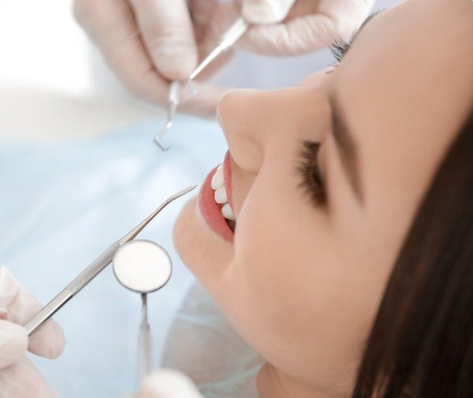Introduction
A bright, radiant smile is often associated with health, youthfulness, and confidence. Tooth whitening procedures have gained immense popularity as they offer a relatively quick and effective way to enhance the appearance of teeth. Whether you're dealing with surface stains from coffee or tea, discoloration due to aging, or simply wish to achieve a brighter smile, understanding the various tooth whitening options available is crucial. This guide explores different methods, their effectiveness, safety considerations, and what to expect from each option.
Understanding Tooth Discoloration
Tooth discoloration can occur due to various reasons, both external and internal. External factors include consumption of staining substances like coffee, tea, red wine, and tobacco. Poor oral hygiene can also contribute to surface stains. On the other hand, internal factors such as aging, genetics, certain medications (e.g., tetracycline), and dental trauma can lead to deeper, more intrinsic discoloration that may be harder to treat with surface-level whitening methods.
Common Tooth Whitening Options
1. Over-the-Counter (OTC) Whitening Products
Over-the-counter whitening products include whitening toothpaste, gels, strips, and mouth rinses. These products typically contain lower concentrations of whitening agents like hydrogen peroxide compared to professional treatments. While convenient and affordable, OTC products may take longer to show noticeable results and may not be as effective for deeper stains.
2. Professional At-Home Whitening Kits
Professional at-home whitening kits are provided by dentists and contain custom-fit trays along with a higher concentration of whitening gel than OTC products. These kits offer a balance between convenience and effectiveness, allowing users to achieve noticeable results within a few weeks of regular use.
3. In-Office Professional Whitening
In-office professional whitening, also known as chairside or power whitening, is performed by dentists and dental hygienists. It involves the application of a high-concentration bleaching gel directly on the teeth, often accelerated by a special light or laser. This method delivers fast results in a single session, making it ideal for those seeking immediate improvement.
4. Porcelain Veneers
Porcelain veneers are thin, custom-made shells bonded to the front surface of teeth to improve their appearance. While not a traditional whitening method, veneers can effectively cover discolorations that do not respond well to other whitening treatments. Veneers are a more permanent solution and can also correct other dental imperfections like chips or gaps.
Effectiveness and Safety Considerations
Effectiveness
- OTC Products: Effective for mild surface stains with consistent use over time.
- Professional At-Home Kits: More effective than OTC products due to higher concentration of whitening agents.
- In-Office Whitening: Most effective for immediate and significant whitening results.
- Porcelain Veneers: Highly effective for covering severe discolorations and providing long-lasting results.
Safety Considerations
- OTC Products: Generally safe when used as directed, but prolonged use without professional guidance may lead to enamel erosion or gum irritation.
- Professional At-Home Kits: Safe under dentist supervision, with custom-fit trays minimizing contact of the whitening gel with gums.
- In-Office Whitening: Safest when performed by a qualified dental professional who can monitor and adjust the procedure to minimize sensitivity.
- Porcelain Veneers: Safe when applied by an experienced cosmetic dentist; minimal risk of complications when cared for properly.
Choosing the Right Option for You
When deciding on a tooth whitening option, consider the following factors:
- Severity of Stains: Mild, moderate, or severe discolorations will dictate which method is most appropriate.
- Time Sensitivity: Do you need immediate results or can you commit to a longer treatment period?
- Budget: OTC products are generally more affordable, while in-office treatments tend to be more expensive.
- Dental Health: Consult with your dentist to ensure your gums and teeth are healthy enough for whitening treatments.
Conclusion
Achieving a brighter smile through tooth whitening is a common desire among many individuals seeking to improve their appearance and boost their confidence. Understanding the various tooth whitening options available, from over-the-counter products to professional treatments like in-office whitening and porcelain veneers, allows you to make an informed decision based on your specific needs and preferences. It’s important to weigh the effectiveness, safety considerations, and long-term results of each method before choosing the one that best suits your dental health and cosmetic goals. Consulting with a qualified dentist or dental professional can provide further guidance tailored to your unique situation, ensuring a safe and successful tooth whitening experience.
By choosing the right tooth whitening option, you can enhance your smile's brightness and overall aesthetic appeal, contributing to improved self-esteem and a positive outlook on oral health.





Comments